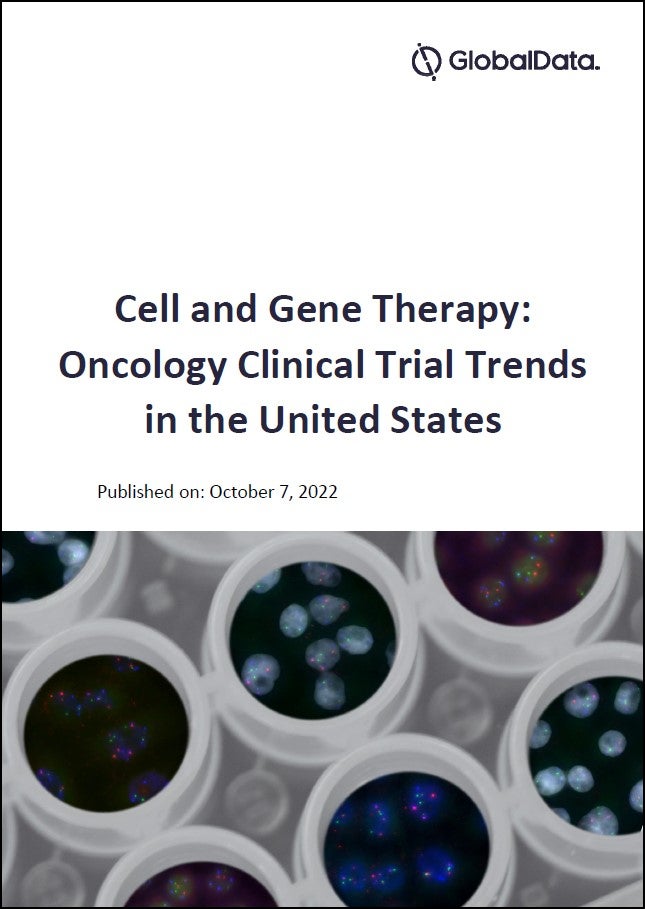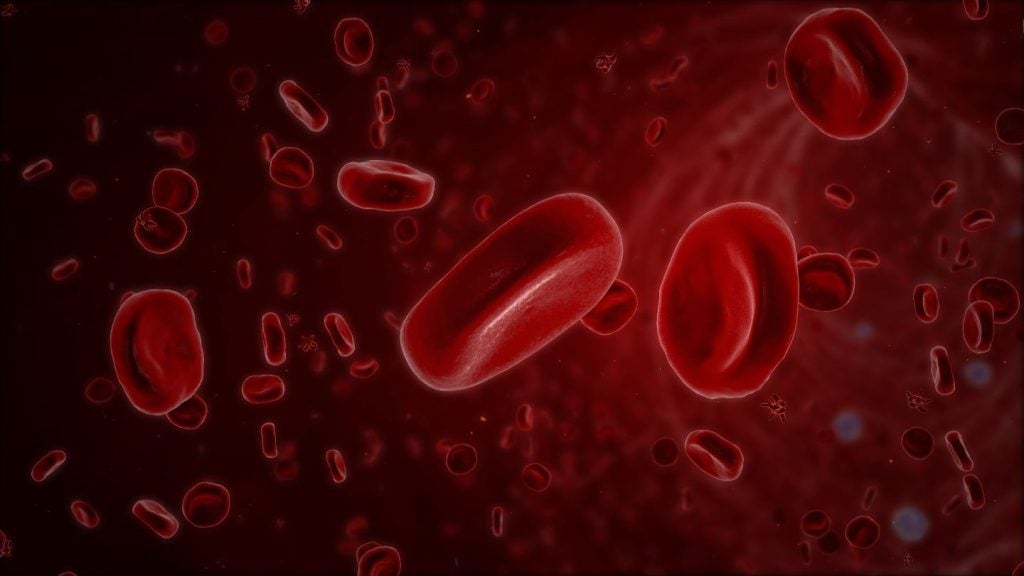
Gene therapy specialist Forge Biologics has raised $40m in Series A round. This fundraising was led by early stage-focused Perceptive Xontogeny Venture Fund (PXV Fund); as a result, the fund’s manager, Chris Garabedian, will join Forge’s board of directors as chairman. Drive Capital also participated in the round.
Forge is differentiated from other players in the field because it is both a contract development and manufacturing organisation (CDMO) and performs its own research and development (R&D). The company has its own pipeline of three novel gene therapy products and provides advanced, current Good Manufacturing Practice (cGMP) capabilities through its production facility, called The Hearth.
How well do you really know your competitors?
Access the most comprehensive Company Profiles on the market, powered by GlobalData. Save hours of research. Gain competitive edge.

Thank you!
Your download email will arrive shortly
Not ready to buy yet? Download a free sample
We are confident about the unique quality of our Company Profiles. However, we want you to make the most beneficial decision for your business, so we offer a free sample that you can download by submitting the below form
By GlobalDataThe company’s CEO, co-founder and president Tim Miller explains that the $40m funding will be “used to expand CDMO capacity to deliver GMP adeno-associated viruses (AAV) product for clients by mid-2021 and to develop a proprietary pipeline of novel gene therapies”.
Exploring Forge’s hybrid gene therapy engine
“Forge is a true gene therapy development engine, bringing together access to quality, in-house manufacturing, the experience of our team in gene therapy product development, and an exciting pipeline of new therapies for patients,” explains Miller.
The rationale behind the company’s hybrid model, Miller adds, was that “we saw a gap between the growth of the industry’s gene therapy pipeline and its capacity to manufacture the treatments”.
This model allows Forge to “help secure the needs of additional clients, serving as an end-to-end solution provider, but also being able to support our own novel programs and build out our pipeline through that engine capacity,” Miller notes.
The PXV Fund was drawn to Forge’s combination approach. “The demand for such capabilities in the gene therapy field is still exceeding the supply, particularly as it relates to cGMP product through commercial scale,” says Garabedian. “We felt it made for a very compelling business model.”
The significant experience of the leadership team was another factor in the PXV Fund’s decision to invest. “Many early-stage gene therapy technologies are looking for a home with an experienced team to lead the development, but also need access and capacity from a capable CDMO,” says Garbedian.
Forge and Krabbe disease
As it revealed the closure of its Series A round, Forge announced the target indication of its first gene therapy candidate. Its lead programme, FBX-101, is a novel AAV and umbilical cord transplant approach to treat Krabbe disease – the candidate is currently progressing into Phase I/II development.
Krabbe disease is a rare, paediatric neurodegenerative condition that causes a loss of function associated with the galactosylceramidase (GALC) gene. This leads to accumulation of the lipid psychosine to toxic levels in cells, and particularly in those cells surrounding the nerves in the brain.
FBX-101 works by delivering “GALC to cells in both the central and peripheral nervous system”, thereby functionally correcting “the central and peripheral neuropathy and… the behavioural impairments associated with Krabbe disease”, notes Miller.
This mechanism of action drastically improves upon the standard of care in Krabbe disease – a hematopoietic stem cell transplant (HSCT). Miller explains that although HSCT has led to the stabilisation of symptoms, it does not correct the GALC deficiency in the peripheral nervous system, so disease progression is not halted indefinitely.
In addition, combining the AAV gene therapy with an umbilical cord transplant helps to “overcome some of the immunological safety challenges of traditional AAV gene therapies”, according to Miller.
Forge is also working on two other proprietary AAV gene therapy programmes – FBX-201 and FBX-301 – which are currently in earlier stages of pre-clinical development. The precise indications of these two programmes have not yet been announced by Forge, but FBX-201 is for a rare monogenic disease, while FBX-301 is being developed for a rare cancer.







